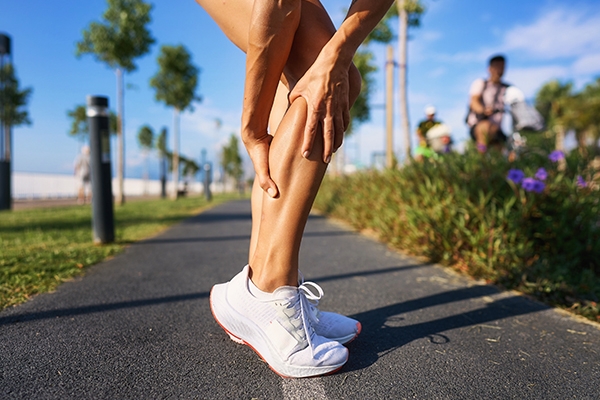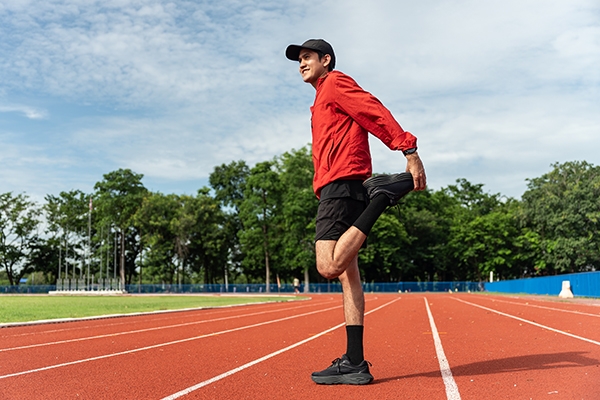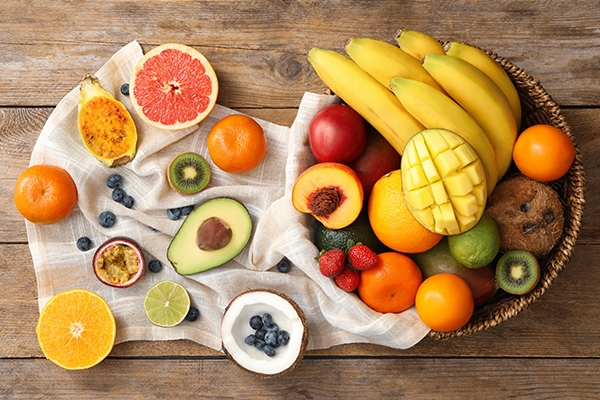How to Get Relief Leg Cramps

Even though it is not considered a serious illness, cramps can cause a great deal of pain. You can alleviate cramps by gently stretching your muscles. Once the cramps subside, you can resume your activities. Stretch your muscles and continue your activities once your cramps are gone.
Nobody considers leg cramps a pleasant experience. Leg cramps can be very painful, especially when you are fast asleep and they wake you up.
Leg cramps are not usually considered serious, but they can cause fatigue and tingly in your legs. Underlying conditions like circulation disorders or vein disease, can also lead to health problems such as varicose veins and blood clots.
The exact cause of leg cramps is often unknown, but factors such as dehydration, electrolyte imbalance, and muscle fatigue may contribute.
Certain medical conditions such as diabetes, thyroid disorders, and neurological diseases can also cause leg cramps. While most cramps are harmless, some could be related to medical problems. For example:
1. Blood flow is not always smooth
Narrowing of the blood vessels that carry blood to the legs can cause cramping pain in the legs and feet during exercise. These cramps usually go away soon after stopping sports activities.
2. Nerve compression
This condition can also cause cramping legs, as pressure on the nerves in the spine can cause pain that worsens when walking. Walking slightly forward can relieve cramps.
3. Mineral deficiencies
Insufficient intake of potassium, calcium, or magnesium through the diet can increase the likelihood of experiencing leg cramps.
Medications commonly used to treat high blood pressure can lead to more frequent urination, which can result in the depletion of these essential minerals in the body.
Other factors that may trigger leg cramps include pregnancy, aging, diabetes, a lack of physical activity, and being overweight.
What do leg cramps feel like?
Leg cramps occur when the muscles contract, causing a painful knot and temporary inability to move. They most commonly occur in the calf muscles but can also happen in the thighs or feet.
Understand the triggers

Leg cramps can be triggered by various factors such as bending your legs while sleeping or exercising without proper warm-up.
To prevent leg cramps, it’s important to minimize situations that can increase the likelihood of experiencing them.
Stretching for 15 minutes every day can also help prevent and alleviate these uncomfortable muscle contractions.
Simple exercise
1. Quadriceps stretch

- Stand straight with your upper body and shoulders relaxed, and look straight ahead.
- With your hands in front, step one leg forward, and slowly lower your body until both knees are bent.
- Make sure your knees do not touch the floor.
- Hold this position for five seconds. Repeat five times and alternate legs.
2. Hamstring stretch

- Using a bench or step. Lift one leg and keep it straight.
- Lean your chest towards your knees until you feel the muscles stretch.
- Hold the stretch for five seconds. Repeat five times for each leg. Do it alternately.
3. Calf stretch

- Stand facing a wall. Place your hands on the wall.
- Lift one leg and rise onto the tiptoe of the other leg.
- Repeat five times on each leg. Do it alternately.
Apart from stretching or massaging muscles, relieving cramps can be achieved by consuming important nutrients containing potassium, sodium, calcium, and magnesium. We can find these substances in the following foods:

1. Banana
Bananas are the best source of potassium. They are also rich in magnesium and calcium, making them effective relieving cramp.
2. Sweet potato
Like bananas, sweet potatoes are rich in potassium, calcium, and magnesium. Sweet potatoes contain six times more calcium than bananas.
3. Avocado
One avocado contains about 975 milligrams of potassium, which is twice as much potassium as sweet potatoes or bananas. Potassium helps muscles work and maintains heart health.
4. Papaya
Papaya is a tropical fruit rich in potassium and magnesium. One papaya fruit weighing 300 grams contains around 15% potassium and 19% magnesium.
As a result, consuming more potassium-rich foods may help reduce the risk of muscle cramps. However, more research is needed in this field.
5. Melon
Melons contain potassium, magnesium, calcium, water, and a small amount of sodium. When you exercise, your body releases sodium through sweat. If you lose too much water, you will get dehydrated, and muscle cramps may occur. Eating a cup of diced melon after exercise can help relieve muscle cramps.
6. Tomato
Tomatoes are rich in potassium and water. So, if you drink one cup of tomato juice, you will get about 15% of your daily potassium intake. You will also provide your body with hydration to prevent muscle cramps.
7. Salmon
Sometimes muscle cramps are caused by poor blood flow. Eating fatty seafood, such as salmon, can help improve this. A piece of salmon contains about 326 milligrams of potassium and 52 milligrams of sodium to help treat muscle cramps. Are you not a fan of salmon? You might also try trout or sardines.
8. Coconut water
Coconut water is an excellent choice for rehydrating and replenishing electrolytes naturally. It is high in calcium, potassium, sodium, magnesium, and phosphorus and can help reduce muscle cramps.
Many delicious foods and drinks contain electrolytes to help prevent muscle cramps. Including a variety of foods in your daily diet can give you a good balance of calcium, phosphorus, magnesium, potassium, and sodium.
Remember to drink plenty of water, as dehydration is a common cause of muscle cramps. If you are properly hydrated but still experiencing cramps, visit the doctor.



